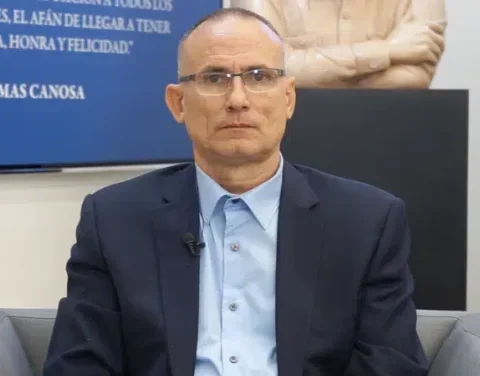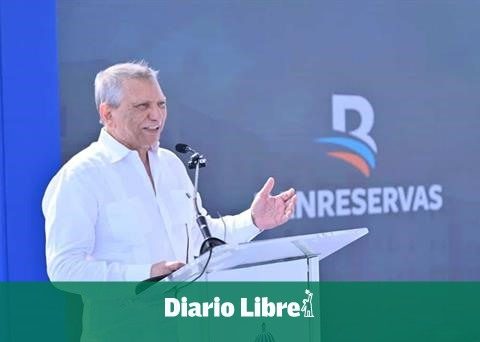Havana Cuba. – In May 1920, the world famous tenor Enrico Caruso arrived in Havana to fulfill a juicy contract of 90,000 dollars in exchange for several performances during the opera season at the National Theater, formerly Teatro Tacón.
The president’s term expired Mario Garcia Menocal and the country was going through moments of political and social turbulence, despite the economic boom that had come with the rise in sugar prices, and which was known as the period of “fat cows”.
Factions opposed to the Government planted bombs in different parts of the city, with the aim of intimidating citizens and establishing an environment of political instability. The Municipal Treasury, the Ambos Mundos hotel and the works of the Secondary Education Institute of Havana, were targets of the explosives planted by the anarcho-syndicalists.
In such a scenario, Caruso prepared his voice, already resentful, to interpret Radamés in aida, by Giuseppe Verdi, a classic that the Havana public eagerly awaited. The tenor’s performances passed calmly, applauded by the delirious audience, until the night of June 13 when a harmless package, hidden in the theater bathroom, exploded with more noise than damage, but spreading panic among the audience.
Dressed in the clothing of his character, Caruso left through a side door and began to run down San Rafael street. He had not advanced more than two blocks when he caught the attention of the gendarmes for walking “dressed as a woman.” Despite the protests, the Neapolitan ended up at the police station, from where the Italian ambassador had to go and get him out in person. A year later, the acclaimed tenor would die of throat cancer.
The story goes that the explosive had been placed in the theater by a newsboy boy, in exchange for 40 cents. That boy, whose name was Luis Pérez Espinós, would become Minister of Education in the 1940s, during the authentic governments.












